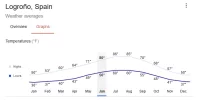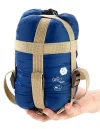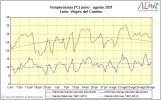F
Former member 99816
Guest
I'm planning on taking a sleeping bag on my first hike (at least for the first couple of weeks) but wonder what is the most common way to carry it. Most packs have straps to tie the bag to the bottom but ii seems to me that the thing would be whapping your rear end with every step. I'm 5'10" 160 lbs. If I got a 50L pack instead of a 40L to get the bag inside, would that be a good solution - or am I thinking all wrong about this.



























